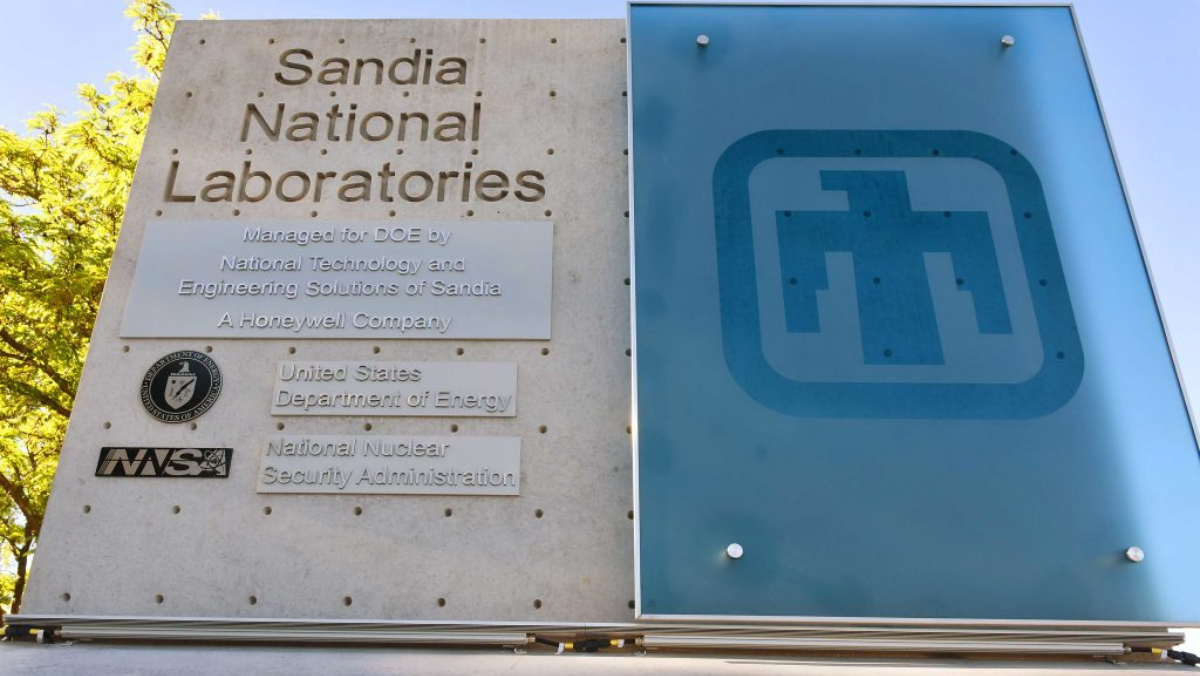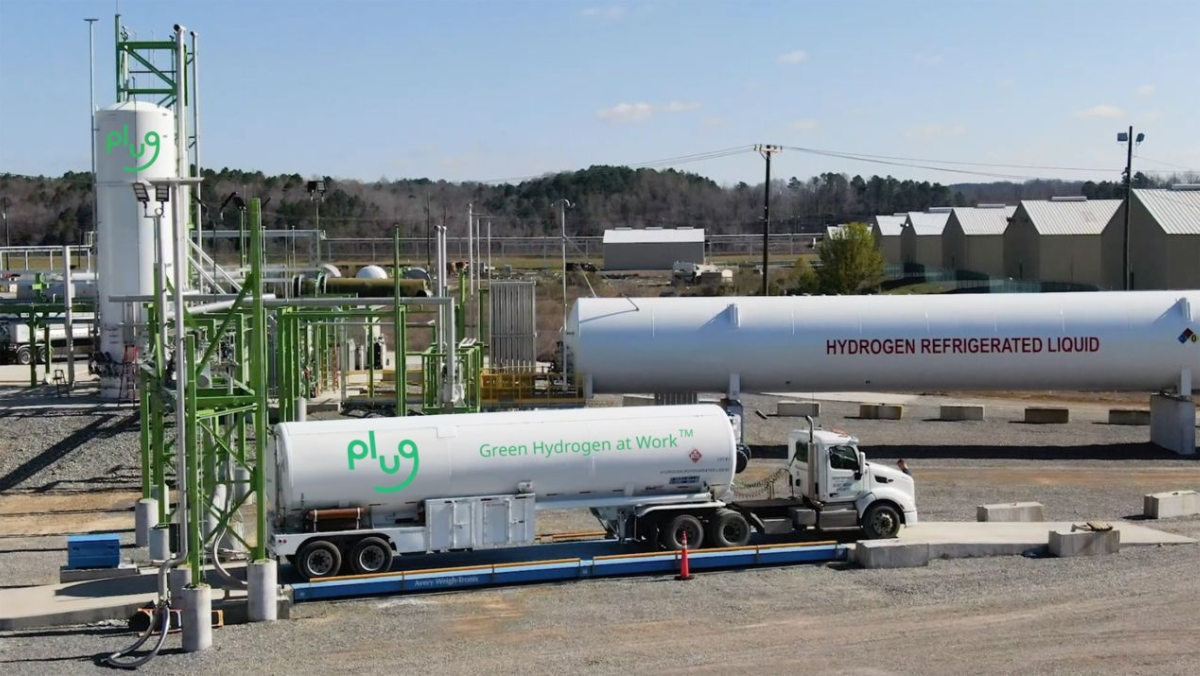REGULATORY
Can Hydrogen Storage Find Its Regulatory Footing?
Sandia’s review exposes rules gaps as Air Liquide upgrades its Gulf Coast network
20 Nov 2025

The U.S. hydrogen industry is entering a cautious but notable period of transition as developers and policymakers reconsider how underground storage should be governed. Interest has intensified since an April 2024 review by Sandia National Laboratories highlighted gaps between rules written for natural gas and the technical needs of hydrogen. The assessment did not trigger new federal regulation, yet it has broadened discussions about how future standards might take shape.
The most visible activity is along the Gulf Coast, where investment in hydrogen infrastructure continues to advance. Air Liquide recently announced roughly $50 million in upgrades to its regional pipeline system, an effort the company said will improve network reliability and connective capacity. The project relies on an existing underground storage cavern rather than building new capacity, a choice that analysts described as a measured way to strengthen supply without depending on rapid regulatory shifts. Air Products, by contrast, remains focused on hydrogen production and low-carbon initiatives, with no publicly confirmed plans for underground storage.
Industry specialists say companies are positioning themselves for eventual regulatory clarity rather than reacting to any national rulemaking. Developers are reassessing potential cavern sites, updating monitoring systems, and refining long-term safety practices. Those steps signal growing readiness, though they stop short of a coordinated national push. No dedicated federal framework for hydrogen storage has been fully defined, and agencies continue to study how hydrogen might be integrated into existing programs.
Regional cooperation is also deepening as pipeline operators, industrial gas suppliers, and hydrogen hub participants explore ways to align infrastructure with emerging demand. While still early, these efforts reflect a widening view that hydrogen could support decarbonization across energy-intensive sectors.
Fragmented oversight, uneven state requirements, and protracted permitting remain persistent hurdles. Yet industry officials suggest these challenges may ease as technology evolves and policy discussions mature.
The coming year is expected to be consequential as policymakers absorb the Sandia findings and companies adjust their strategies. If regulatory direction sharpens and investment continues at a steady pace, the hydrogen sector may move closer to a more coherent foundation for future underground storage.
Latest News
20 Nov 2025
Can Hydrogen Storage Find Its Regulatory Footing?17 Nov 2025
Hydrogen Power Play Accelerates Clean Energy Momentum13 Nov 2025
Is Hydrogen Finally Ready for Prime Time?11 Nov 2025
HydrogenXT and Kell Kapital Forge $900M Hydrogen Alliance
Related News

REGULATORY
20 Nov 2025
Can Hydrogen Storage Find Its Regulatory Footing?

INVESTMENT
17 Nov 2025
Hydrogen Power Play Accelerates Clean Energy Momentum

MARKET TRENDS
13 Nov 2025
Is Hydrogen Finally Ready for Prime Time?
SUBSCRIBE FOR UPDATES
By submitting, you agree to receive email communications from the event organizers, including upcoming promotions and discounted tickets, news, and access to related events.